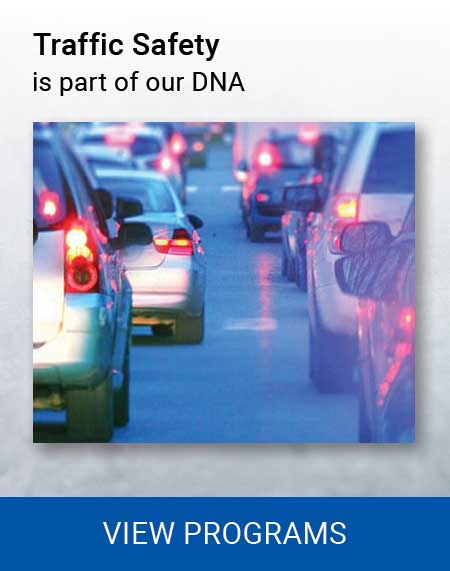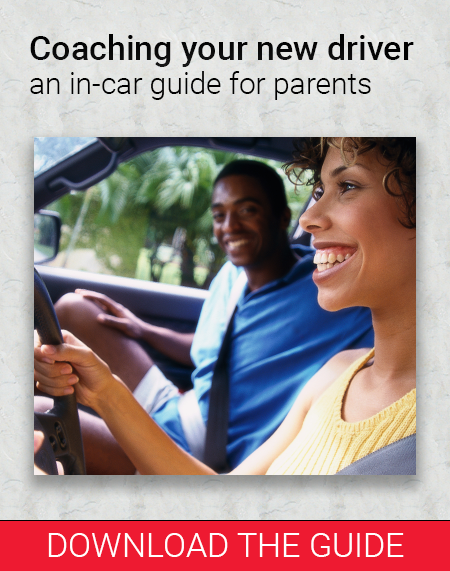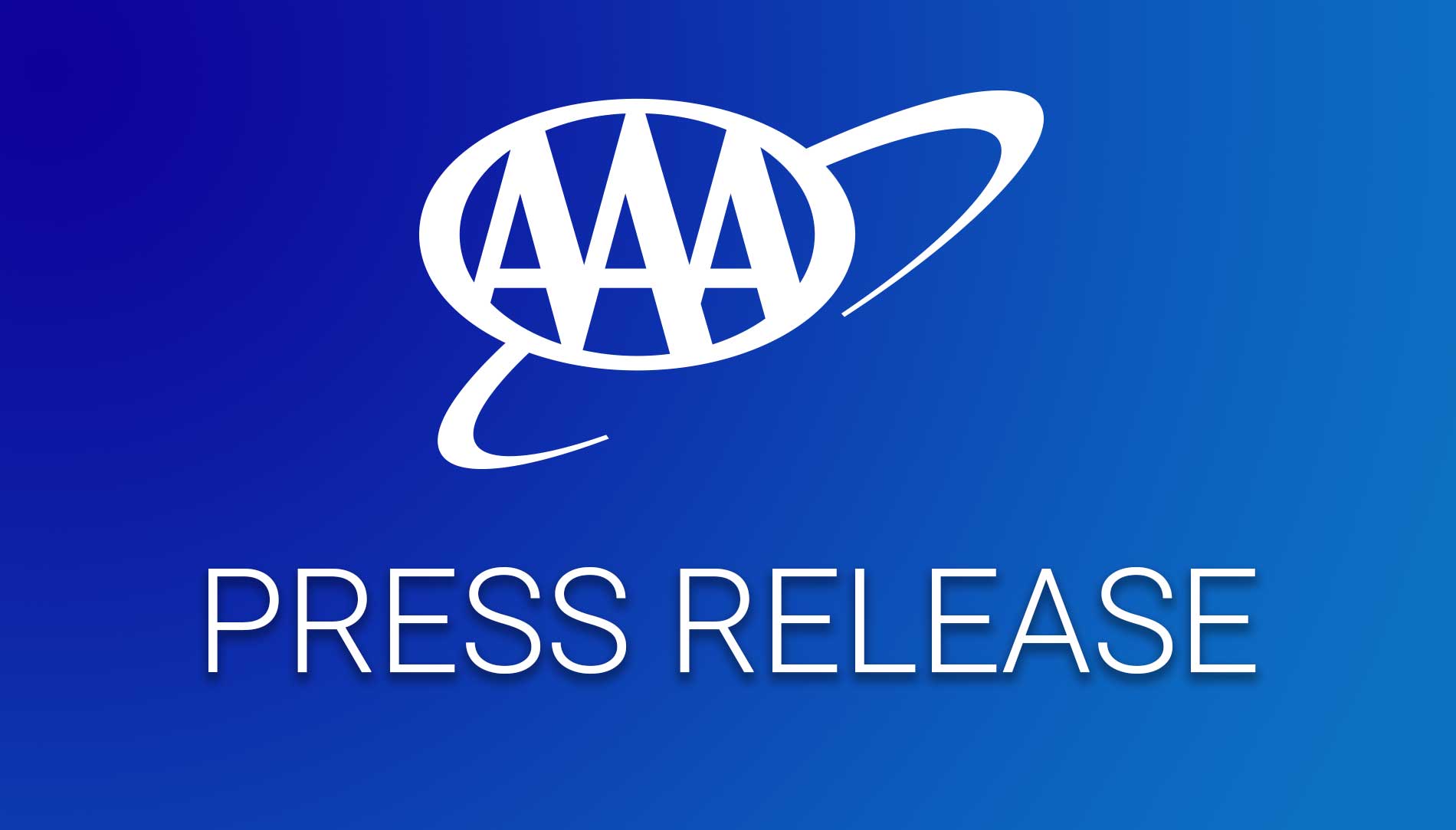New research shows crash-involved drivers admit to risky driving behaviors
BELLEVUE, Wash. (June 11, 2020) – The AAA Foundation for Traffic Safety’s latest research finds drivers who have been in at least one crash in the past two years are significantly more likely to engage in risky behaviors like speeding or texting, even when they think the police may catch them. After three months of staying at home, AAA urges drivers to keep everyone safe on the roads and warns motorists against falling back into dangerous driving habits.
“The frequency of drivers in the United States engaging in improper behavior is too high. While drivers acknowledge that certain activities behind the wheel – like texting, are dangerous, some do them anyway,” said Dr. David Yang, Executive Director of the AAA Foundation for Traffic Safety. “We need to be aware of the serious consequences of engaging in these types of dangerous driving behavior and change course.”
The Foundation’s annual Traffic Safety Culture Index (TSCI), which highlights the gap between drivers’ attitudes and their reported behaviors, found that drivers perceive distracted, aggressive and impaired driving as dangerous. Yet many of them admit to engaging in at least one of these exact behaviors in the 30 days before the survey. The numbers were even higher for those involved in a recent crash:
- 50% of those involved in a recent crash admit to talking on a hand-held device while driving in the past month vs. 42% not involved in a crash
- 43% of those involved in a recent crash admit to texting while driving in the past month vs. 27% not involved in a crash
- 39% of those involved in a recent crash admit to running a red light in the past month vs. 30% not involved in a crash
This data shows that people are not altering their behavior even when it has resulted in a crash.
Of all dangerous driving tasks, drivers dubbed these two extremely or very dangerous:
- Driving when so tired, it was hard to keep your eyes open (96%)
- Driving while typing or sending a text message or an email (96%)
Yet these same drivers text when behind the wheel, even believing there is a risk of getting caught by police for reading (43.7%) or typing (42.7%) a text message.
It’s not all bad news. When compared with 2018 findings, drivers reported they are engaging in some dangerous behaviors less frequently. Drivers who said talking on a hand-held cell phone saw the most significant decrease, down from 52.1% to 43.2%, while drowsy driving and texting both fell by 3 percentage points.
“If you point to the dangerous driving behaviors of others that you sometimes do yourself, then you are the problem,” said Jake Nelson, AAA’s director of traffic safety advocacy and research. “I’m encouraged to see a slight shift toward safer driving behaviors, but we have more work to do. Stay focused on driving. This is a must.”
AAA recommends these safety tips to keep in mind
- Out of sight, out of mind. Stow your smartphone away, turn it to airplane mode, or activate call/text blocking features like Apple’s Do Not Disturb.
- Slow down. Drivers tend to overestimate time saved by speeding. You’d have to travel 100 miles to save roughly 5 minutes, moving at 75 mph instead of 70 mph. Speed kills and isn’t worth the cost.
- Stay alert. Stop driving if you become sleepy because you could fall asleep at any time. Fatigue impacts reaction time, judgment, and vision, causing people who are very tired to behave in similar ways to those who are drunk.
- Only drive sober. If you consume marijuana, alcohol, or use potentially impairing prescription medications, then don’t drive. And if you’re going to drive, then don’t consume these substances. If you are taking prescription medications, visit Roadwise Rx to learn if they can impair driving.
- And always wear your seat belt.
The annual TSCI identifies attitudes and behaviors related to traffic safety. The survey data are from a sample of 2,714 licensed drivers ages 16 or older who reported driving in the 30 days before the survey, which was administered between Sept. 6 and Oct. 8, 2019. The AAA Foundation issued its first TSCI in 2008, and the latest report is at AAA.newsroom.com.






